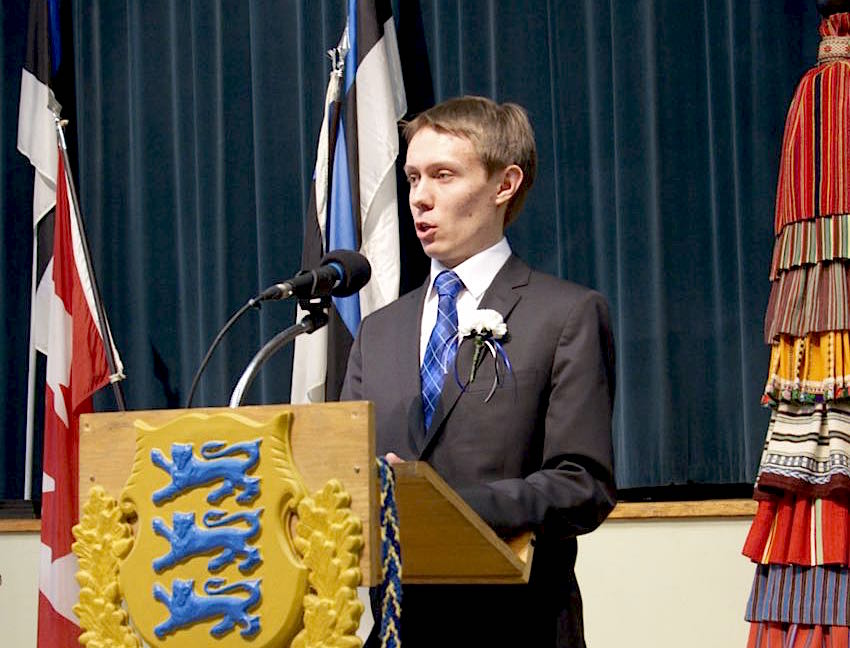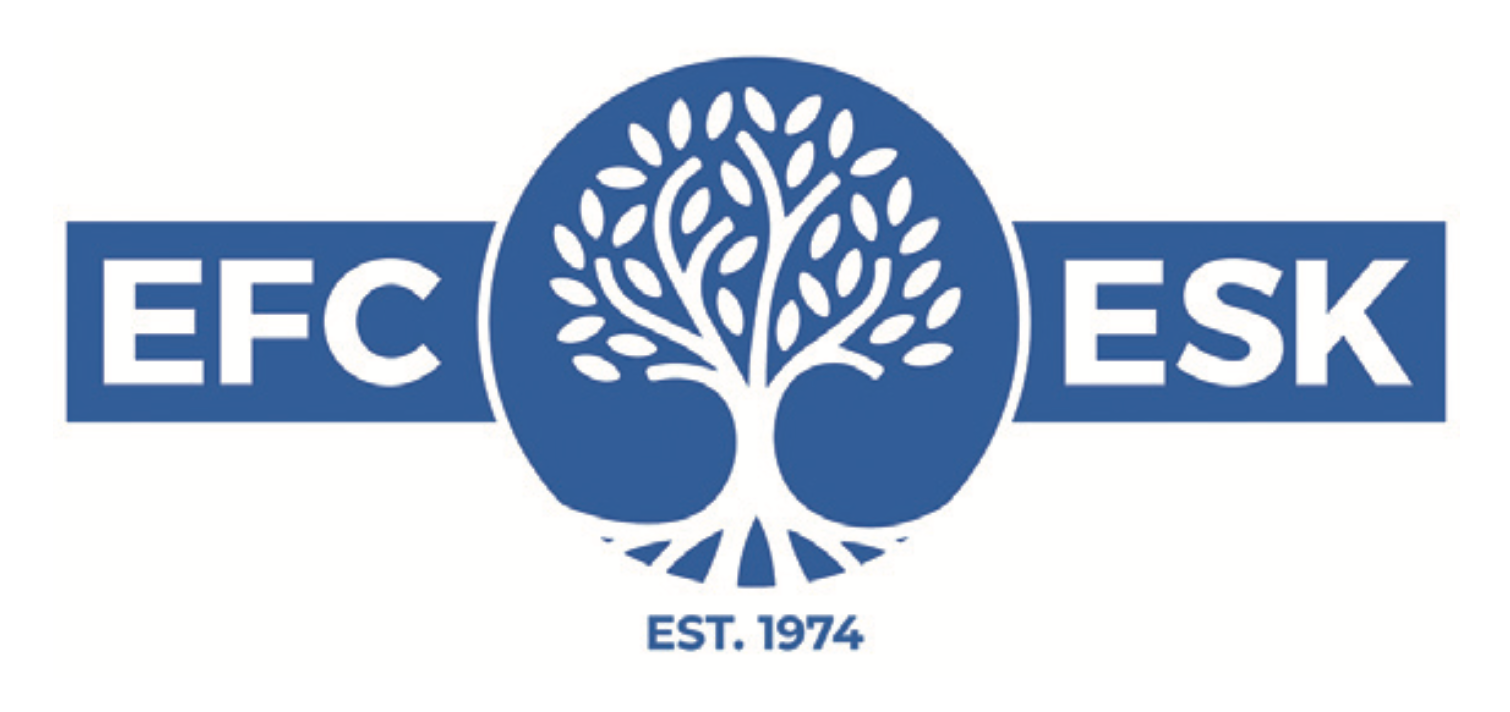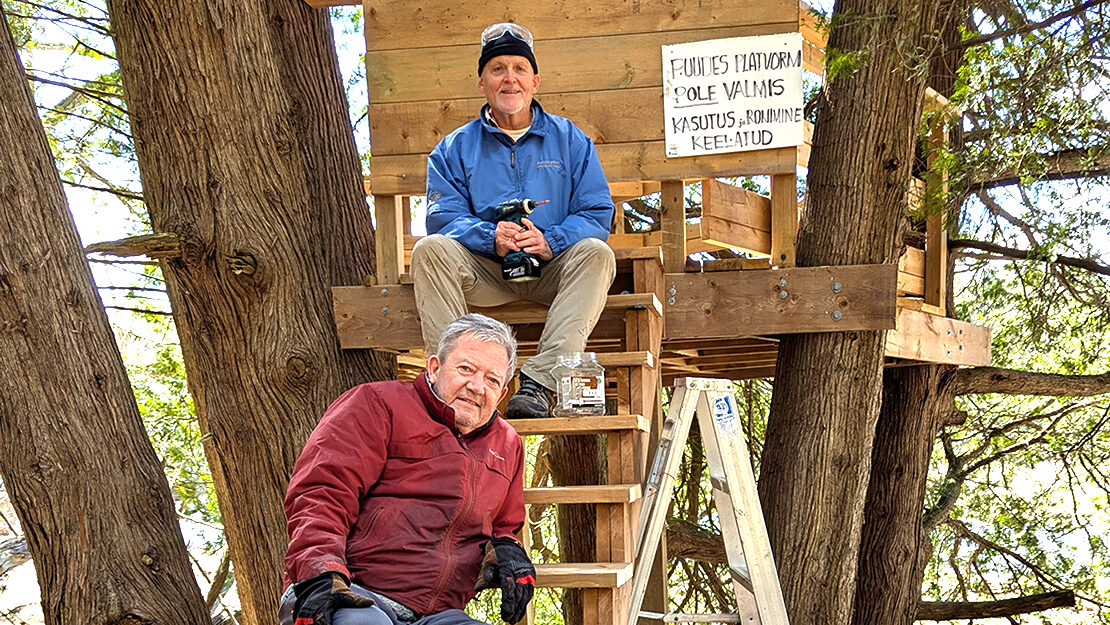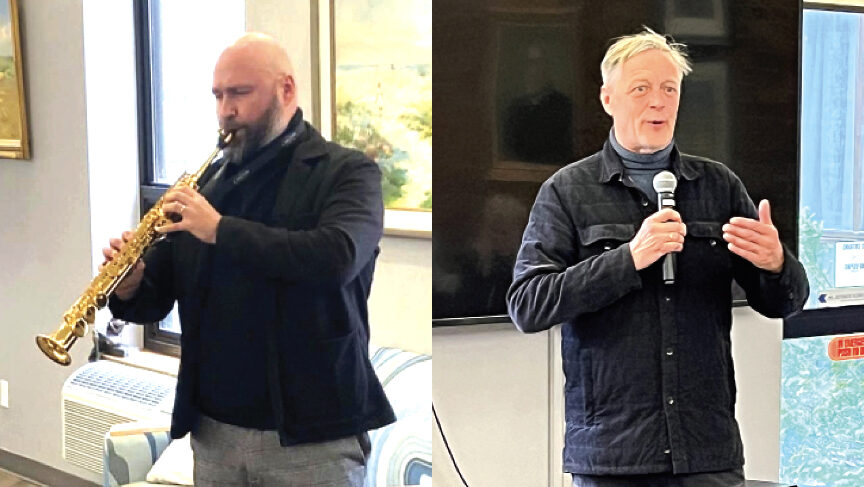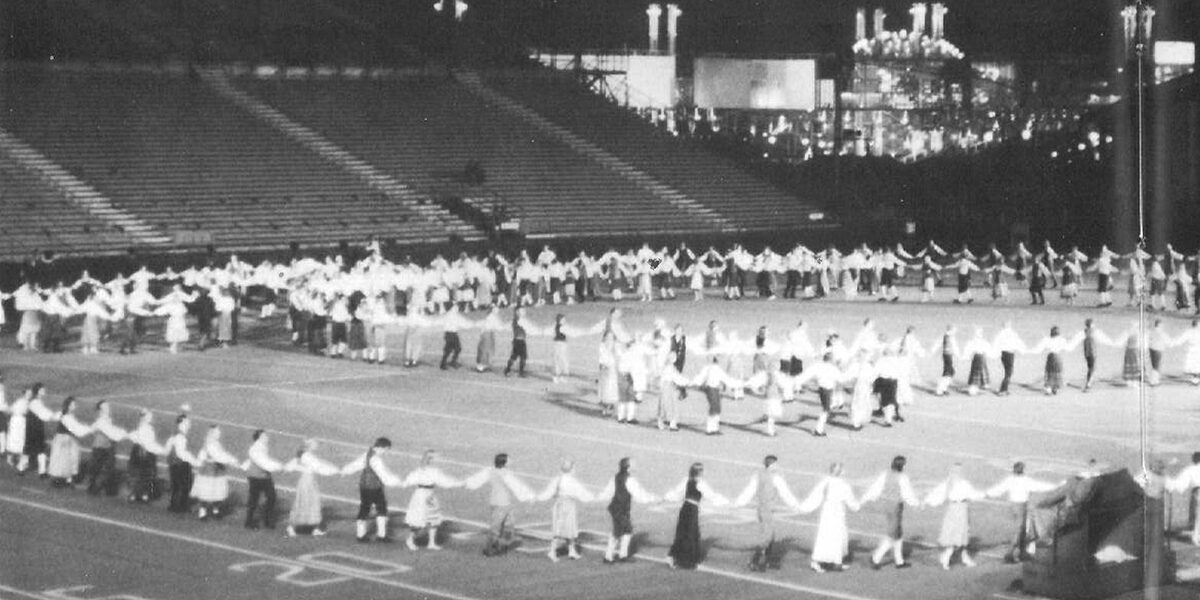I say this because the reality is that many young people in lasteaed or eesti kool today may not have living ancestors who grew up in Estonia. Their fundamental conception of their cultural heritage is our mixed Canadian-Estonian identity. If our community is going to last for generations still, it will be because being Estonian appeals to them in a way that is new and different – even for me. In the Estonian Centre I see exactly this potential: a modern building for a modern generation.
Our community is not huge. I believe that right now is our best – and perhaps only – opportunity to build something like this, not least because we still have a boomer generation that brings enthusiasm and experience and a millennial generation that is starved for something new in our community.
I believe that we can bring the same enthusiasm to building the Estonian Centre that preceding generations brought to building Eesti Maja.
I believe that a planned transition from our community home of the last 50+ years to our home for the next 50+ years, is the most sensible and most dignified solution to this proud building that, the reality is, costs millions of dollars simply to maintain the way it is – without addressing any issues related to its basic functionality.
I also believe that this project at a minimum can consolidate our two community centres into a single sustainable hub, and that in the best case can do far more, energizing our youth, cementing Toronto as a true magnet for Estonian culture, and bringing back into the fold members of our community who have drifted to the periphery.
When I think about the Estonian Centre, I aim to take a pragmatic and forward-looking approach. I try to avoid saying “well, you could never hold Rahvajõulupuu here, because without a noorteruum there would be no place for the bouncy castle.” Instead, I think about how nicely an outdoor Christmas market might fit into the courtyard.
My point is that the Estonian Centre is not simply going to be an Eesti Maja 2.0. It promises to be something new and different – but, still, our home. It is critical to note that this is a project these four organizations are stepping forward to develop jointly. As you listen to today’s presentation and ask questions, and over the next several weeks, it is my hope to hear first and foremost from those people who are in the middle. I encourage you to think independently – and with a view not just to today but also to the future – about whether you can see this Estonian Centre as our home for the next several generations, and if you can see it, to consider in what ways you yourself could envision being involved in this venture.
Veiko Parming
Vice-President, Estonian House
